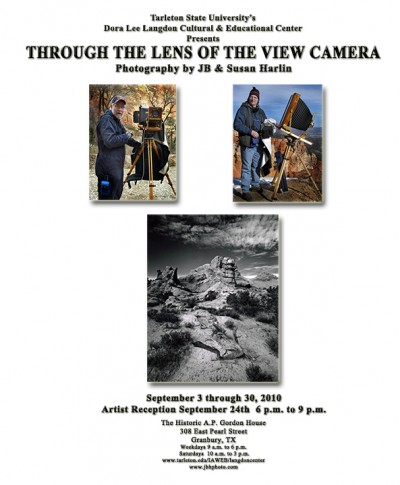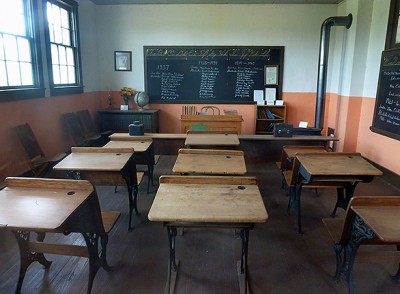 Last summer at Yosemite I lent a boy my 4×5 camera. He said, “what do I do with this now?” and I said, “unscrew it and find out for yourself.” Why shouldn’t he learn how to collapse a camera? Why should I teach him that? You mustn’t treat a child as if he’s a nitwit; tell him something and let him go to it. I don’t believe we do enough self-education.
Last summer at Yosemite I lent a boy my 4×5 camera. He said, “what do I do with this now?” and I said, “unscrew it and find out for yourself.” Why shouldn’t he learn how to collapse a camera? Why should I teach him that? You mustn’t treat a child as if he’s a nitwit; tell him something and let him go to it. I don’t believe we do enough self-education.
Interview, Imogen Cunningham, “Dialog with Photography”
I personally have always been one to learn on my own. I have never been much to attend classes nor workshops. I do enjoy meeting with other like-minded people and talking shop, and exchanging ideas and techniques, but serious learning for me is a very personal thing. When I need to learn something new I find a book and start to read. In this modern world of high-tech, I can also do an Internet search. I have always been a self starter and learner, that is just how I think. I do love the atmosphere of a workshop though. A good workshop is short and sweet. An intense few days of focused study. But, it seems that the idea of the photography workshop has changed over the years.
What has happened to the old-fashion photography workshop? It seems that most every workshop now days is more about the destination, than the art of photography. For me, learning anything new, or honing the skills you already possess, can be accomplished just about anywhere you can find a comfortable, and appropriate place for learning. I find it hard to understand why in order to attend a photography workshop you have to trek to some far and picturesque location. This is expensive and if you believe you are going to bring back a portfolio of prize winning prints. . . well. . . I just don’t see it happening.
A workshop is a place to go to learn. It is a place to expand your skills, learn new skills, interact with like-minded people, and learn from an experienced instructor. You need to attend a workshop for the purpose of learning and this can be done anywhere. Why not spare the expense of exotic travel and attend a local workshop? All you really need is a classroom. . . most any classroom will do. It would be nice to have an interesting place near by to go outside and get some hands-on field experience, but this need be nothing more than a small park. The idea is to learn procedures that you can use when you do travel to some great place and find something interesting.
Once you have honed your technique in familiar territory, then you can head to the beautiful places. I can never make meaningful images amidst the distraction of a group of people. My concentration is continually interrupted and I find it difficult to stay focused. Only when I am out alone with my subject can I think artistically. The workshop environment is too cluttered and the distractions are far too great. You need to be paying attention to the message, as Fred Picker said, “steal with your eyes.” Watch others, especially the instructor, and note how they approach a particular situation. Ask questions as to why he chose to work in this manner. Watch intensely and make notes, both mentally and physically. . . yes carry a notebook and a pencil. Take notes, make diagrams and sketches, whatever it takes so that you can remember and learn. Do not expect to make meaningful images at a learning workshop. Whatever images you make within the workshop atmosphere are for the purpose of learning. Leave the really serious photography for when you are alone and are not distracted. You will make images that are more meaningful and be more focused when you are able to concentrate on your subject. This is when you put into practice those things you learned in the workshop.
I would love to see more local, small workshops that teach the basics through advanced photographic technique. A classroom-type workshop, where those that are interested in learning the how-to, can learn the ins and outs. Where one can hone those skills necessary for serious work when they do travel to those wonderful places and find things that inspire them to be creative. A learning experience, not a travel experience. How about more workshops that are a learn now, travel later event?
JB

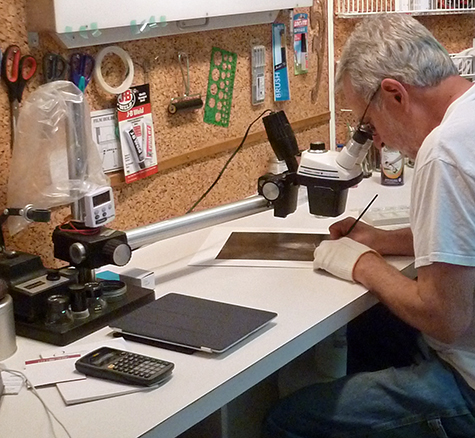 Since I had posted my original piece titled “
Since I had posted my original piece titled “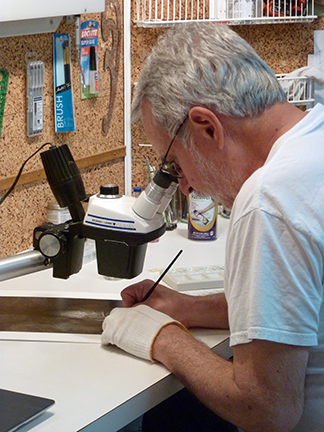

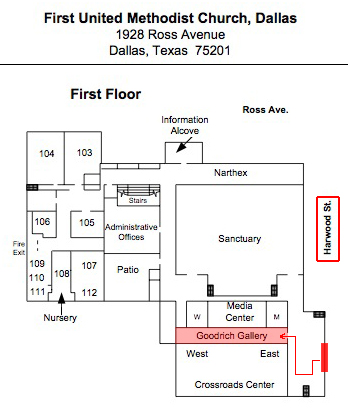
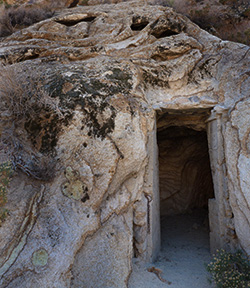 We went on another December and early January expedition to the Southwest again this year. This time we trekked to California and the Eastern Sierra, then backtracked to Utah to visit some of our favorite places to photograph. We saw mild weather and very cold weather on our journey. We had blue skies, cloudy skies, rain and snow. Susan and I shot a lot of film, and now it is time to get the notes in order and begin the darkroom work.
We went on another December and early January expedition to the Southwest again this year. This time we trekked to California and the Eastern Sierra, then backtracked to Utah to visit some of our favorite places to photograph. We saw mild weather and very cold weather on our journey. We had blue skies, cloudy skies, rain and snow. Susan and I shot a lot of film, and now it is time to get the notes in order and begin the darkroom work.

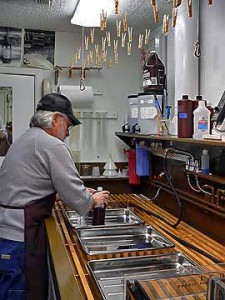
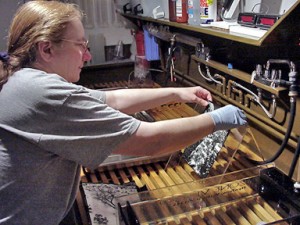
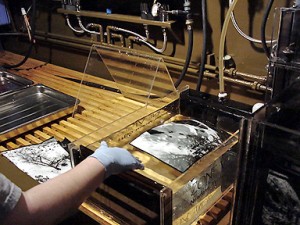
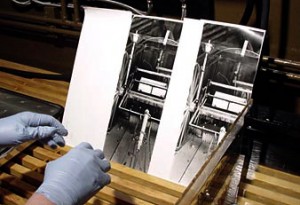
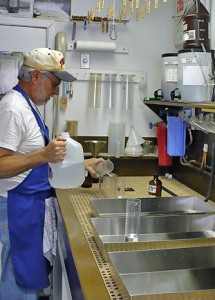

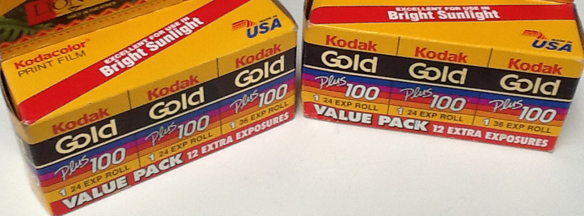 We had a fun time today at the Grapevine Camera Show. Actually found several things that we didn’t already have laying around. Funny how many things are FREE. . . especially when related to film and darkroom. A full bottle of selenium toner, and a near full bottle of Photo-Flo, and six rolls of very old 35mm film for David’s darkroom workshop.
We had a fun time today at the Grapevine Camera Show. Actually found several things that we didn’t already have laying around. Funny how many things are FREE. . . especially when related to film and darkroom. A full bottle of selenium toner, and a near full bottle of Photo-Flo, and six rolls of very old 35mm film for David’s darkroom workshop.

